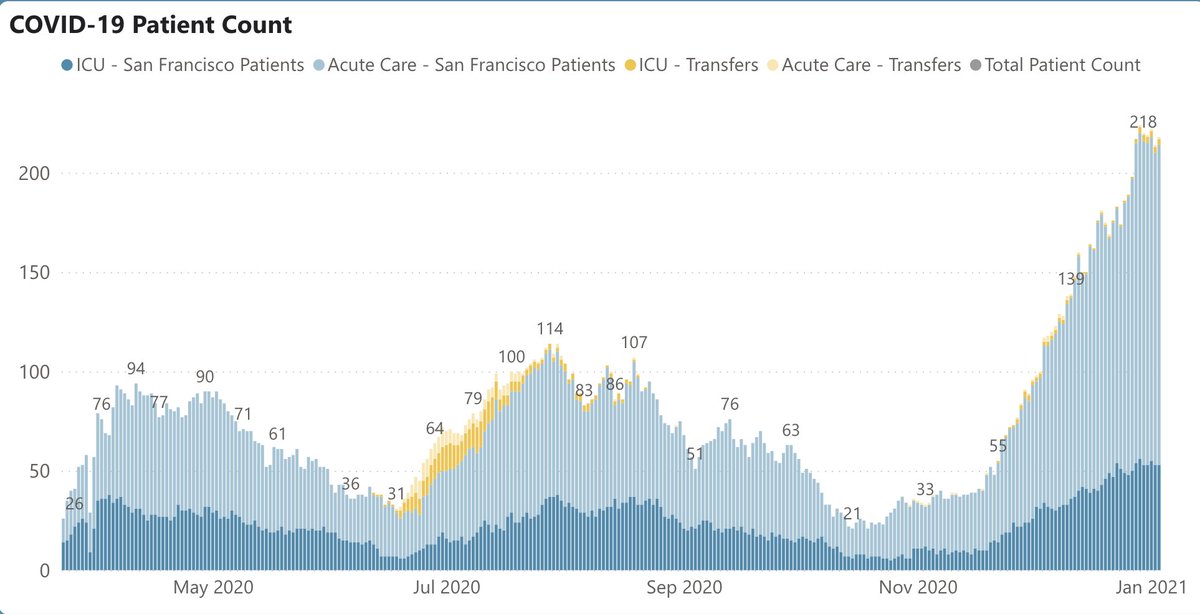
I can’t prove cause and effect, but since @ashishkjha & I published our 2 editorials on vaccine distribution – one @washingtonpost advocating we consider deferring 2nd doses in order to give more people first doses quickly tinyurl.com/y7c6v9hz... and another in the... (1/12)
... @nytimes recommending a much simpler allocation system (age first, then random allocation via lottery) tinyurl.com/y2mqqxae – the Biden administration has made moves to embrace the spirit of both recommendations, which is great. (2/12)
Last week, Biden team announced that they’ll no longer withhold 2nd doses – recognizing (as our WashPo piece advocated) that pushing 2nd dose back a few weeks (which may happen) is likely less risky than giving half as many people their 1st dose tinyurl.com/y3tnn2pr (3/12)
Yesterday, the Trump administration (or whoever is leading this dumpster fire of an administration by the time you read this) announced that they’ll also implement the plan to stop withholding second doses tinyurl.com/yyhcvsnk (4/12)
Also yesterday, the Biden team announced opening up the vaccine pool to people >age 65 tinyurl.com/yxeblcfr It appears that Biden & friends will take a more pragmatic approach to vaccine distribution, which is great – we’ve let the perfect be the enemy of the good… (5/12)
… and created an initial vaccine plan that is confusing & unworkable. Job One remains getting the operations and logistics sorted out – it is scandalous that the U.S. has injected only 1/3rd of its vaccine supply, as of today tinyurl.com/y7y9767j (6/12)
The decisions to release more doses & liberalize the priority groups must also be accompanied by better, more efficient plans to move people through the system much more quickly. I still believe that breaking up large groups into smaller groups… (7/12)
… via the use of a lottery, as we described @nytimes tinyurl.com/y2mqqxae, is likely to work best.
What won’t work: first-come, first-served plans that cause people to be on phone hold for hours or computer systems to crash. Another bad idea: having people line up... (8/12)
What won’t work: first-come, first-served plans that cause people to be on phone hold for hours or computer systems to crash. Another bad idea: having people line up... (8/12)
… for hours waiting for their shots in the middle of a pandemic. The scenes from Florida, where elderly people – many pushing walkers – camped out on long lines overnight like they were waiting for Springsteen tickets are just horrifying. tinyurl.com/y2fxl5qv (9/12)
Thx Prof. Bill Siembieda (@CalPolyPlanner), who shared his scholarly paper on disaster response w/ me: "The concepts of friction & uncertainty are introduced as barriers to efficient & effective completion of the transactions needed for recovery." tinyurl.com/y69h6ulb (10/12)
While a bit less scholarly than Prof. Siembieda, Mike Tyson also had something useful to say about this matter (below from our WashPo piece).
The original vaccination plans sounded OK in November (kind of), but here we are in January & these plans are failing miserably. (11/12)
The original vaccination plans sounded OK in November (kind of), but here we are in January & these plans are failing miserably. (11/12)

If having vaccinated 10M people in one month (when we should be at >25M), a steady stream of 3500 deaths a day, and racing against a new & more infectious variant isn’t being punched in the mouth, I don’t know what is. Simple and pragmatic should be our watchwords. (12/12)
• • •
Missing some Tweet in this thread? You can try to
force a refresh






